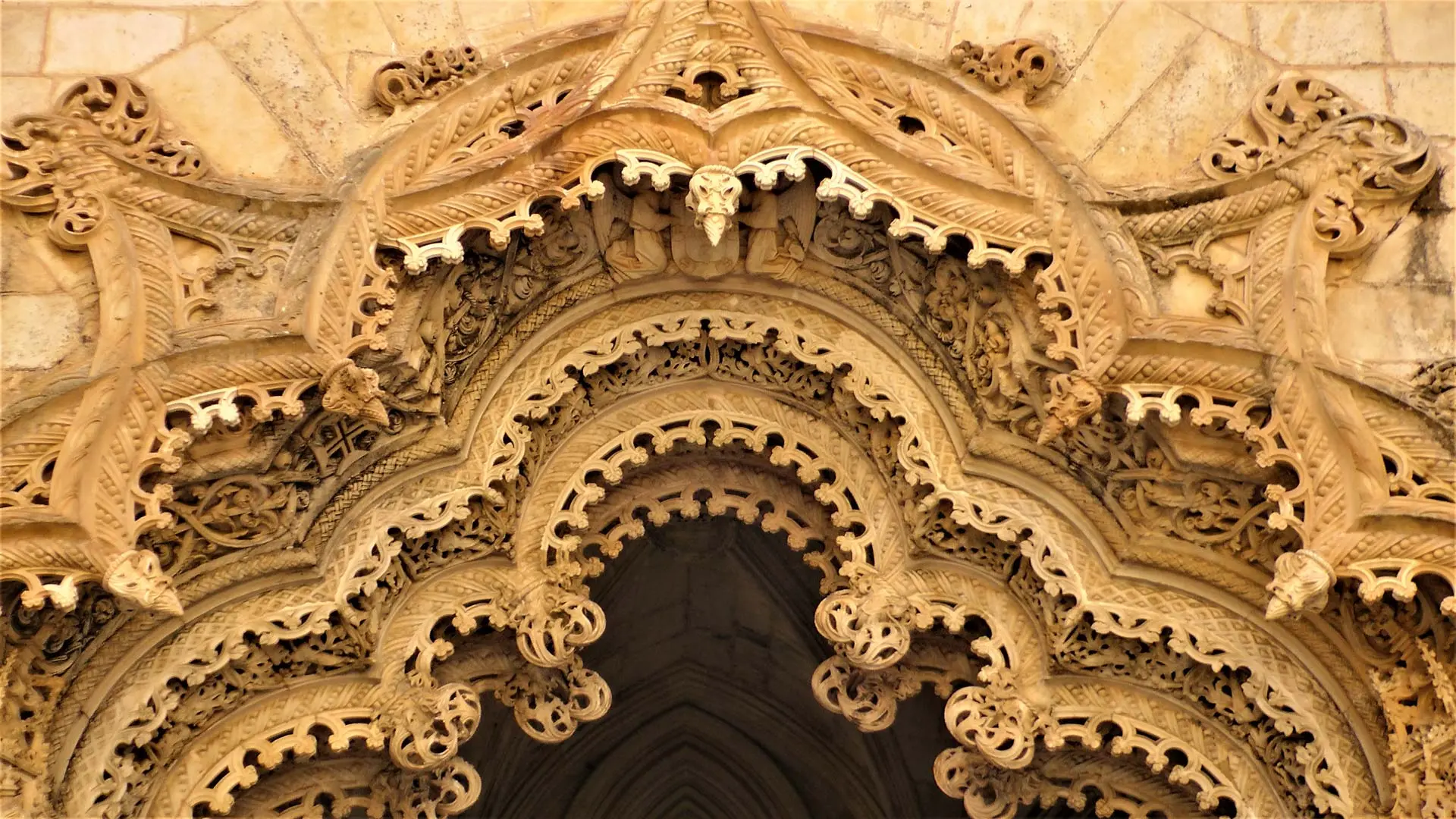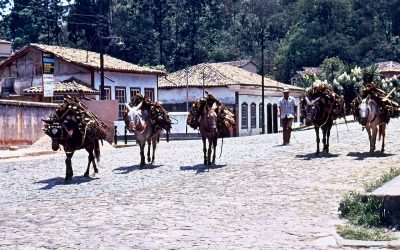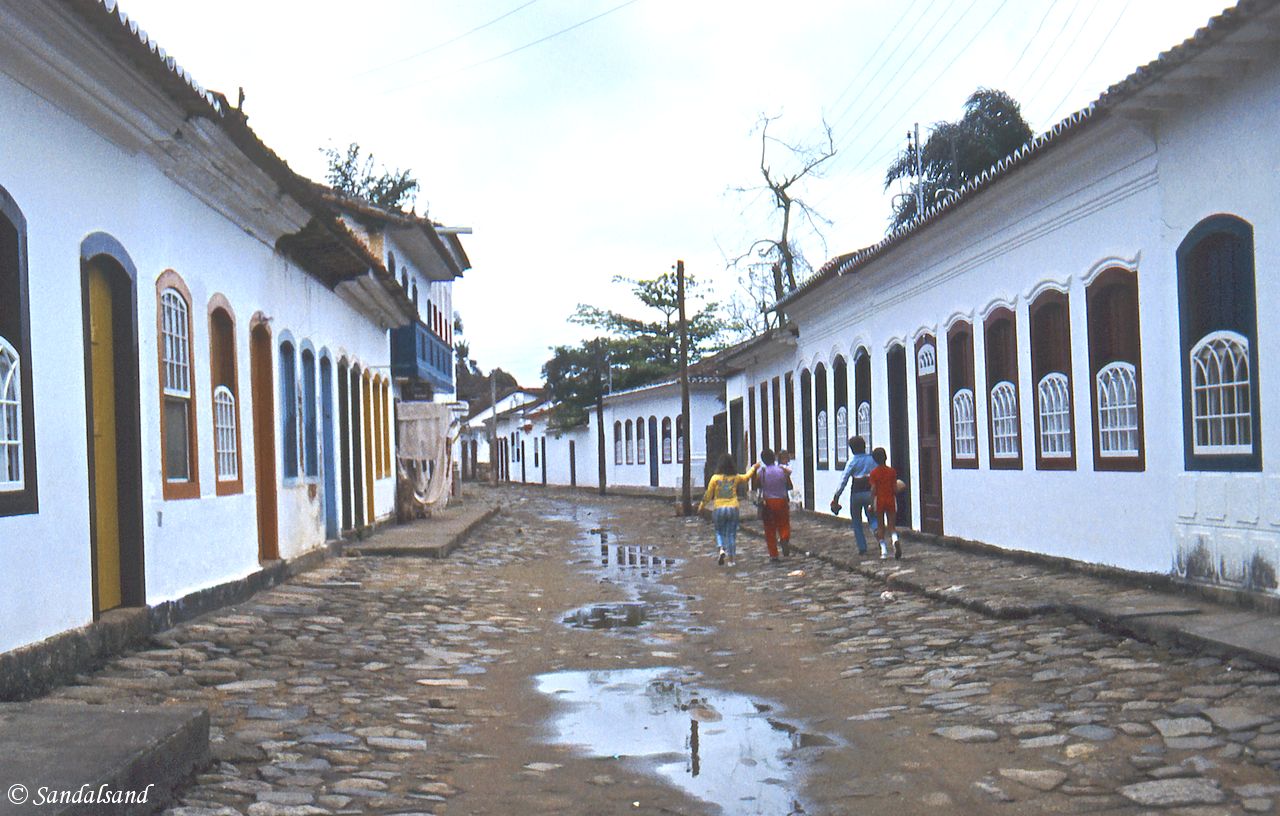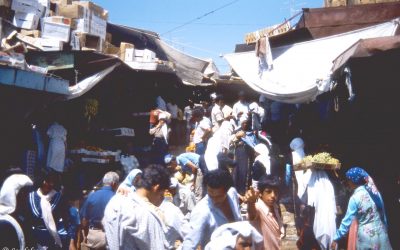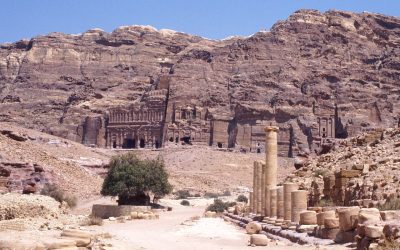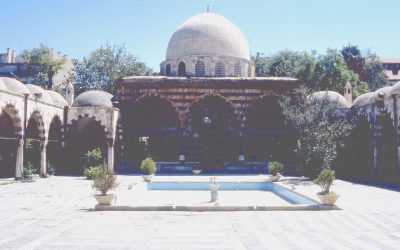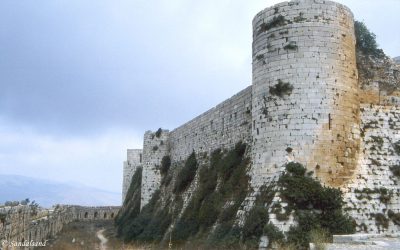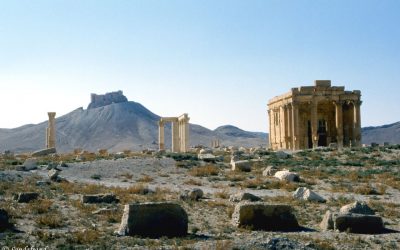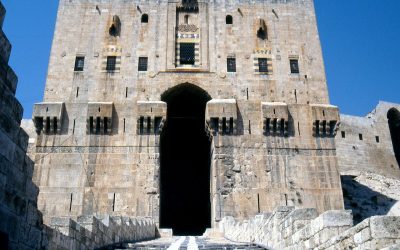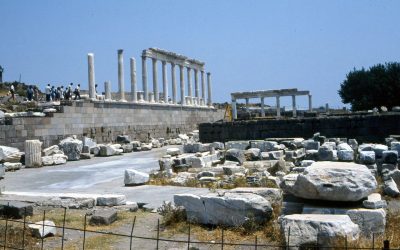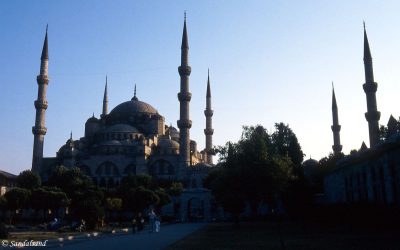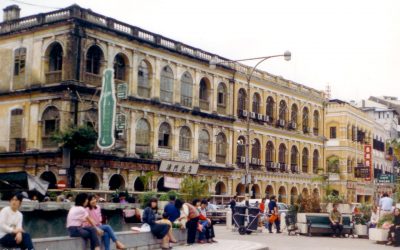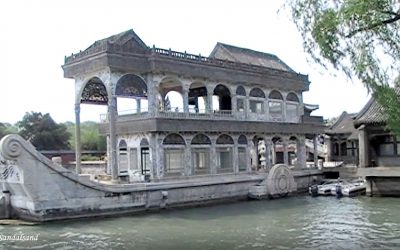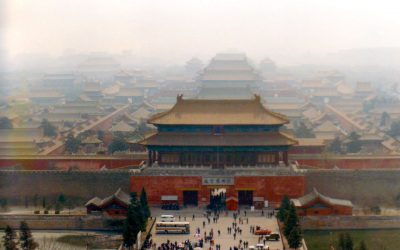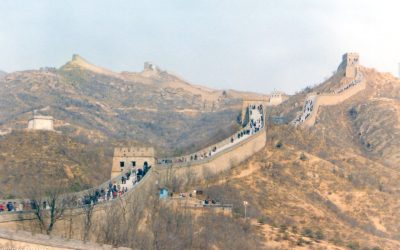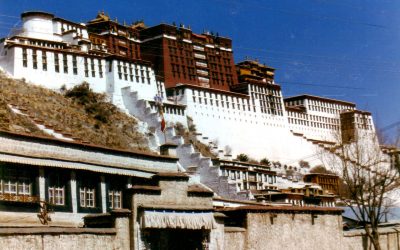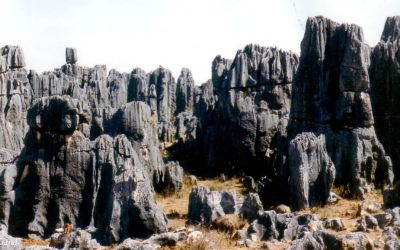World Heritage Sites
The UNESCO World Heritage List includes more than a thousand properties of outstanding universal value. They are all part of the world’s cultural and natural heritage.
UNESCO’s World Heritage Centre is responsible for the World Heritage List. The first inscription was in 1978. Since then UNESCO has developed the criteria and added an average of 20-30 sites each year.
It includes 1,199 sites in 168 “States Parties” (countries). A site is categorised as cultural heritage (933 sites), natural (227) or a mix of the two (39 sites).
On this page you will get to learn more about the heritage sites and where they are. Moreover, Sandalsand’s large collection comes on display. The reader will get a four-way path into this collection. First, on a map. Second, in a table. Third, in a video.
Fourth and last, but not least, there are links to articles on Sandalsand which describe each visited site.
About
Thoughts
Regions
Map
Table
Videos
My sites
About the World Heritage Sites
Properties on the World Heritage List, must (a) be of outstanding universal value and (b) meet at least one of the ten selection criteria. There are six for cultural sites and four for natural sites.
Culture
(i) to represent a masterpiece of human creative genius;
(ii) to exhibit an important interchange of human values, over a span of time or within a cultural area of the world, on developments in architecture or technology, monumental arts, town-planning or landscape design;
(iii) to bear a unique or at least exceptional testimony to a cultural tradition or to a civilisation which is living or which has disappeared;
(iv) to be an outstanding example of a type of building, architectural or technological ensemble or landscape which illustrates (a) significant stage(s) in human history;
(v) to be an outstanding example of a traditional human settlement, land-use, or sea-use which is representative of a culture (or cultures), or human interaction with the environment especially when it has become vulnerable under the impact of irreversible change;
(vi) to be directly or tangibly associated with events or living traditions, with ideas, or with beliefs, with artistic and literary works of outstanding universal significance. (The Committee considers that this criterion should preferably be used in conjunction with other criteria);
Nature
(vii) to contain superlative natural phenomena or areas of exceptional natural beauty and aesthetic importance;
(viii) to be outstanding examples representing major stages of earth’s history, including the record of life, significant on-going geological processes in the development of landforms, or significant geomorphic or physiographic features;
(ix) to be outstanding examples representing significant on-going ecological and biological processes in the evolution and development of terrestrial, fresh water, coastal and marine ecosystems and communities of plants and animals;
(x) to contain the most important and significant natural habitats for in-situ conservation of biological diversity, including those containing threatened species of outstanding universal value from the point of view of science or conservation.
Some thoughts
Some sites have been removed from the list. There have been controversies between the WHC and a country relating to the future development of the site (like a particular bridge in Germany). Other removals have been obvious because the criteria are no longer met (such as the extinction of a particular bird in Oman).
UNESCO’s sign is found on many World Heritage Sites. The one pictured here is from Bryggen, in Bergen, Norway.

With these cases in mind, one should note that the WHC operates a list of 56 properties in danger (2023). An inscription on the World Heritage List is generally regarded as an honorary tribute. It will also boost both commercial and preservation activities in or at the site.
Step one is to raise an awareness worldwide to the importance of preserving these sites for future generations. The next step is to do something about it, in other words to set up a conservation plan for the site. The final step is to live by it. These are very demanding tasks for all parties, and there are undoubtedly both economic and culture factors at play here.
Relative distribution of sites
When we look at the full site map, we immediately notice the prevalence of sites in Europe. Nonetheless, almost the entire world is covered. That is actually no little achievement for the world community.
The following illustrations follow the WHC categorisation of world regions and show the relative distribution of sites between them. All WHC sites are the basis of this statistics.
%
Arab States
%
Africa
%
Latin America and the Caribbean
%
Asia and the Pacific
%
Europe and North America
Sites on a map
Drag and zoom on the map below to find sites visited by Sandalsand in more detail. Click on a marker to reveal the name and open the article about it. You will find the same links further down this page. Find all WHC sites on another Sandalsand map.
Sites in a table
Here are the same sites in a table but with less information compared to the map markers above. Show more rows at a time, sort the table as you like, or search for a specific term. Click on a link to open that particular post.
Sites in 62 countries
It could be that “heritage tourism” is spreading along with the eco-tourism trend. Sandalsand has only in later years become conscious of it.
It was never my idea to become a collector of heritage sites, but I have nonetheless been to a large number. In recent years I have become more intent to visit a “world heritage” when I travel in a country or region. I suppose that may be one of the purposes of such an official list in the first place.
In any case, I am not satisfied that I visited the pleasant town of Weimar in Germany without exploring the examples of Bauhaus architecture. Likewise, I went to the town of Pécs in Hungary without a look at the Early Christian Necropolis. (To my possible excuse: Neither of them was on the List at the time of my visit.)
Sandalsand’s list is a representative summary of UNESCO’s. It covers the world and the majority are in Europe. Also, it features sites in both (all) categories: 175 cultural, 12 natural, and 5 combined sites.
Read about each site in separate articles. They include:
- The official and my personal descriptions of the site
- A link to the official UNESCO web page
- My photographs or video
- A link to the article(s) describing the context of my visit(s)
The articles offer short introductions to fabulous destinations around the world. Enjoy!
Here they are, all World Heritage Sites visited by Sandalsand. You will find the most recent publications first, although the actual visit may date to a visit prior to the place becoming a World Heritage. In any case, and in my view, they are all lovely destinations.
World Heritage #0124 – Historic Town of Ouro Preto
The Portuguese found gold in the hills of Ouro Preto and built a city full of splendid colonial architecture. The UNESCO World Heritage...
World Heritage #1308 – Paraty
This heritage site includes the historic colonial centre of Paraty and four natural areas in the Ilha Grande area in the south of Brazil. The...
World Heritage #1100 – Rio de Janeiro
The beaches and hills of Rio de Janeiro contributed to it becoming one of the world's most famous cities. The people living here added the rest. The...
World Heritage #1433 – Bethlehem
Bethlehem, a town to the southeast of Jerusalem is inscribed on the Heritage List for one reason. It is by tradition the birthplace of Jesus...
World Heritage #0148 – Old City of Jerusalem
This world heritage site, the Old City of Jerusalem and its Walls, is a holy city for three religions. They have fought over Jerusalem for...
World Heritage #0326 – Petra
The narrow entrance to the town of Petra, this ancient civilisation in the desert of Jordan, is perhaps the world's most famous. The UNESCO...
World Heritage #0020 – Damascus
The ancient city of Damascus, the Syrian capital, is one of the most intriguing cities of the Middle East, but also one of the most troublesome to...
World Heritage #1229 – Crac des Chevaliers
The Crusader castles Crac des Chevaliers and Qal’at Salah El-Din in Syria are old and remarkably intact. The UNESCO World Heritage List includes...
World Heritage #0023 – Site of Palmyra
Right in the middle of the Syrian desert, the ancient site of Palmyra rises like a Fata Morgana. The UNESCO World Heritage List includes more than a...
World Heritage #0021 – Ancient City of Aleppo
The ancient city of Aleppo in Syria has been around for thousands of years. It will be for thousands more, despite huge setbacks from time to time....
World Heritage #0357 – Göreme
The landscape of Göreme in Turkey is spectacular, and human activity has made the rock formations even more fascinating. The UNESCO World Heritage...
World Heritage #1457 – Pergamon
The Greek acropolis of Pergamon in western Turkey commanded a large area, and was central in trading activities more than 2,000 years ago. The...
World Heritage #1452 – Bursa
The Ottoman Empire took over when the Eastern Roman empire fell. The Ottomans trace their roots back to this area around Bursa in Western Turkey....
World Heritage #0356 – Istanbul
The historic areas of Istanbul is a dream, the monumental mosques and minarets are almost like a fairy tale. The city's history and geographic...
World Heritage #0722 – Philippine Rice Terraces
The human endeavours of cultivating land never cease to impress, not least the fabulous Philippine rice terraces. The UNESCO World Heritage List...
World Heritage #1110 – Macao
Portugal's architectural legacy stretches from the homeland to Brazil and to Macao (Macau) on the coast of China. The UNESCO World Heritage List...
World Heritage #0880 – Summer Palace
The Summer Palace is set in a large area north of Beijing with an artificial lake in the midst. Here we find numerous temples and palaces. The...
World Heritage #0439 – The Forbidden City
The Forbidden city is large and impressive. Despite this, the emperors of China lived in a prison-like confinement with immense...
World Heritage #0438 – The Great Wall
The Great Wall is truly a magnificent sight. Stand on a section of the wall and watch how the fortifications roll up hills and down valleys,...
World Heritage #1004 – Ming and Qing tombs
Not far from Beijing, we may find several tombs belonging to Chinese emperors of the Ming and Qing Dynasties. The UNESCO World Heritage List...
World Heritage #0441 – Xian
The Mausoleum of the First Qin Emperor is the official name of this site. Think about terracotta soldiers in Xian and you know what it is. The...
World Heritage #0707 – The Potala Palace
It has been a long time since the Dalai Lama was able to command his feudal state from the Potala Palace in Lhasa. The UNESCO World Heritage List...
World Heritage #1248 – South China Karst
There are strange rock formations in many parts of the world. The South China Karst in southern China are really remarkable. The UNESCO World...
World Heritage #0775 – Hiroshima
The Atomic bomb has been used twice with the aim to inflict death. The first time was over Hiroshima in Japan. The UNESCO World Heritage List...
It is not down in any map; true places never are. (Herman Melville)
